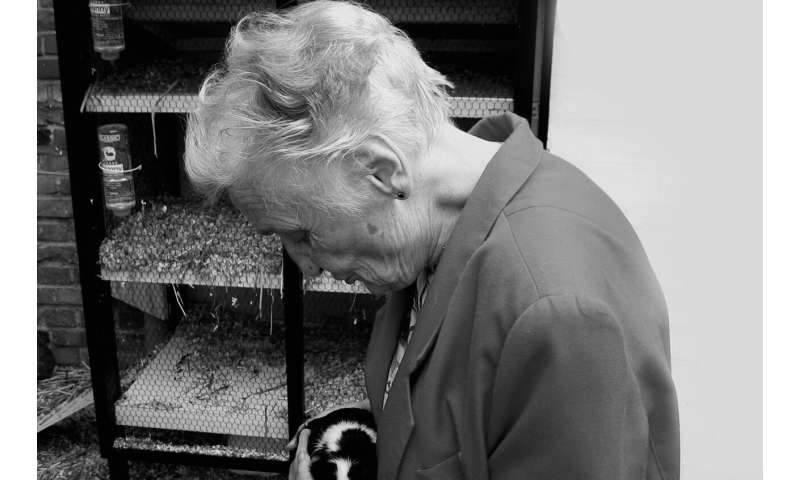
Animals and humans have the ability to follow their own position in space through self-motion cues, even in the absence of any other sensory information. “If you get up at night and want to find your way to the bathroom in the dark, you need—in addition to knowing the arrangement of your own home—a mechanism that tracks your own position in the room without using external cues,” says Anne Bierbrauer. This ability is known as path integration.
Researchers assume that the activity of so-called grid cells in the entorhinal cortex is responsible for this ability. When navigating a spatial environment, these cells display a…


























